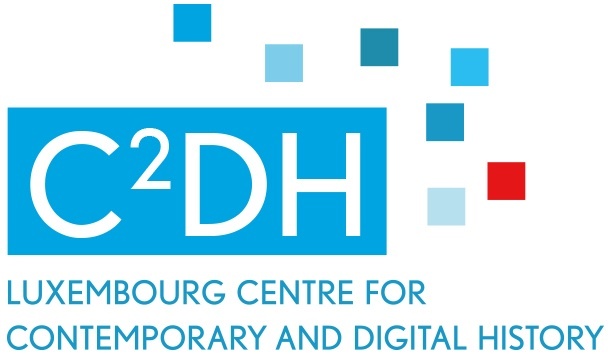Towards residential choice models of long-term periods
ABM, simulation, residential choice, long term processes, archaeology
Defining the location of a home as the center of live constitutes always a substantial individual life choice. Even more importantly those individual decision accumulate and give a spatial structure to society. General trends of those residential choices characterize society in general by giving information about daily lives, mobility, economy, social system etc. Interestingly, archaeology provides a long-term insight into those choices with information related to the concept of settlement patterns.
[masterslider id=”26″]
The use and interpretation of archaeological settlement patterns have traditionally been quite limited because of the uneven and fuzzy nature of archaeological data. Settlement patterns have been mostly used for delineating certain phenomena on wider geographical scale and qualitatively describing social structures of the past.
But for known locations modern science provides large amount of environmental data. The regularities of environmental conditions of residential locations are well-known. For quantifying those regularities despite of missing data, inductive models of settlement locations have been created. The models are mostly used for predicting archaeological settlement site locations and are applied for searching for new sites and risk assessment in case of large scale constructions. However, their knowledge output has been quite limited.
The goal of my project is to explore the explanatory power of archaeological settlement patterns and the locational models derived from them with Agent Based simulations (ABM). ABM enables us to explore how individual actions lead to emergence of complex systems, so we can use it in a reverse way to explore settlement pattern formation.
For this, I use data of the North-Eastern Europe’s Stone-Age forest zone, the settlement locations and environmental data from Estonia and Southern Karelia in Finland. It appears that in this regions the Mesolithic and Early Neolithic settlement’s choice is very closely connected to the seashore, big rivers and lakes. It all changes with the Corded Ware phenomenon, which made living places intuitively unpredictable for archaeologist. Why?
Was it caused by agriculture? Different communication? Increased sedentism? Different social structure? Decreased knowledge of the region? Different population density?
The goal is to apply different ABM simulations to those hypotheses and evaluate them using inductive settlement location models. I explore to what extent those models based on only environmental data can inform us at all.
Main supervisor: Prof. Dr Geoffrey Caruso (University of Luxembourg)
Other supervisors: Ass.prof. Dr Andrea Binsfeld (University of Luxembourg), Prof. Dr Aivar Kriiska (University of Tartu)
Blog
Cyberpunk perspectives on the big data paradigm and the discipline of history: Part I. The mindsets



